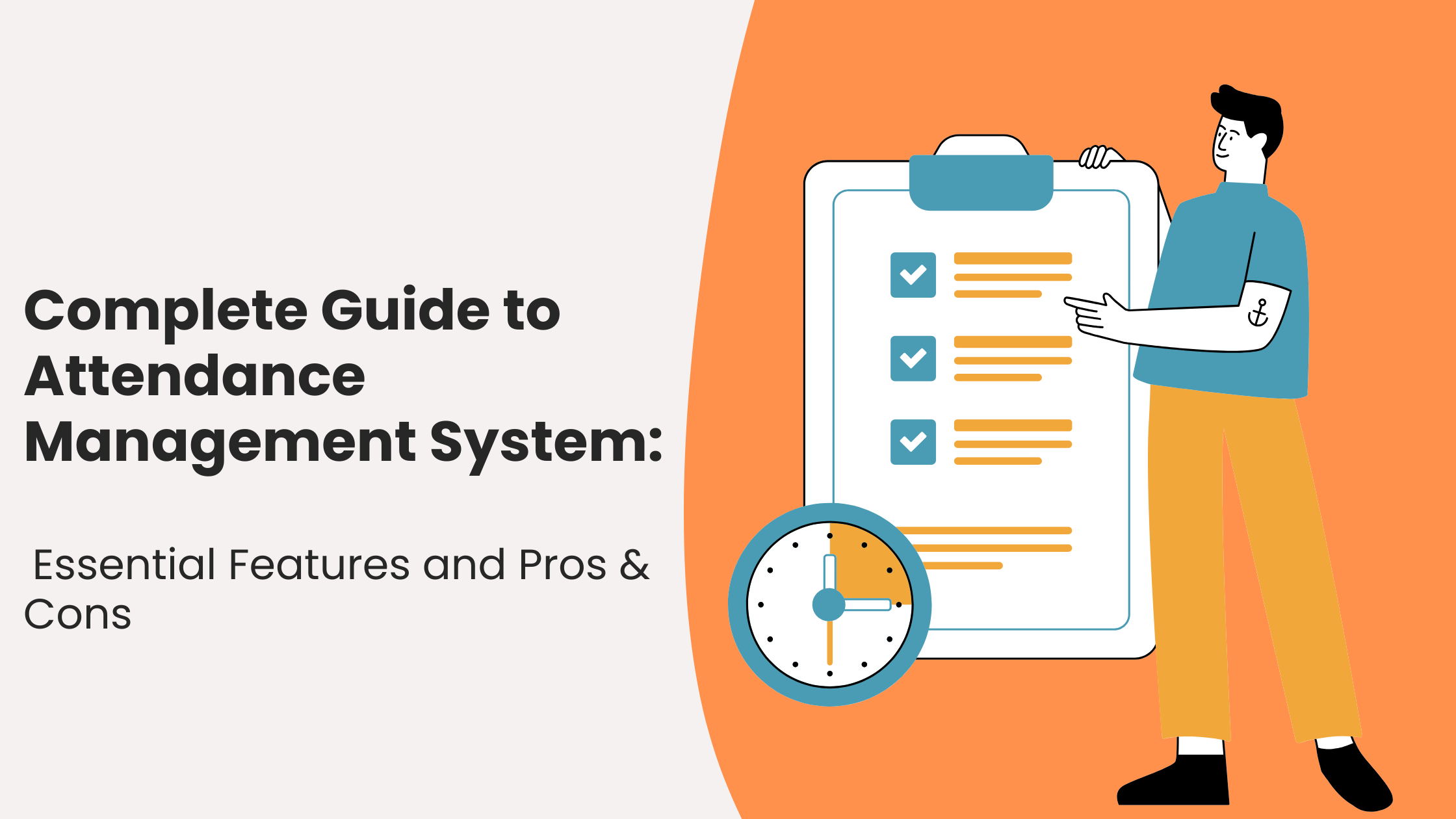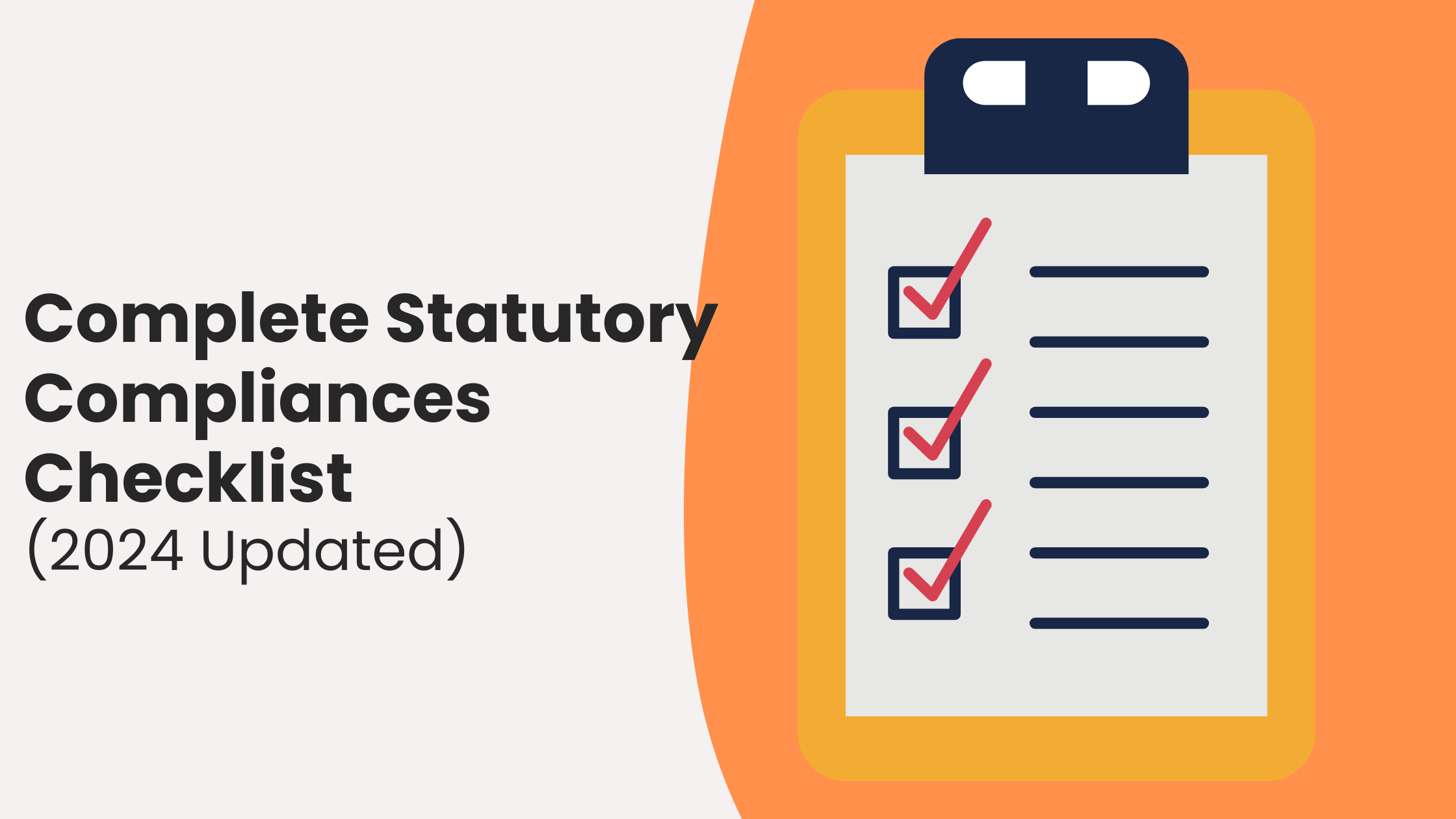Payment of Bonus (Amendment) Act: 10 Things You Need To Know As an Entrepreneur or HR Manager

Recently, the government approved amendments to the Bonus Act, 1965 raising the limit for calculations of bonuses. More so, it has also made this act applicable from April 1st, 2014. This implies a “retrospective effect”, which is an added liability for employers. Establishments will now have to pay the unpaid bonus for the previous 2 financial years as well.
The amendments have been made with the intention to bring more employees under the eligibility of the Bonus Act. While this will certainly be cheered by employees, this also creates a financial liability for employers. For HR folks, this also means a little head scratching in figuring out what their company’s statutory liability is. As India’s leading payroll platform and payroll outsourcing company, we thought we’d simplify this process for everyone.
We came up with 10 questions that would clear all doubts and help you tackle the increase in statutory bonuses head on. Here are the answers to all the questions that you may have:
1) What is Statutory Bonus?
A bonus is an additional payment given to employees with the intention to motivate them. The Statutory Bonus came into existence with the approval of the Payment of Bonus Act in 1965 by the Government. According to this act, certain establishments had to pay an amount to their employees based on their profitability each year. This amount was to be over and above their basic salaries.
The purpose of the act was to enable employees to partake in the profits of their respective companies. The bonus, when applicable, also gives employees an opportunity to earn more than the minimum wages.
2) What has changed with the payment of the Bonus Act?
The government has approved amendments that have not only increased the amount paid out but also the number of people who are eligible. Here are the recent changes to the act:
1. Wage limit increased from Rs. 10,000 to Rs. 21,000
Earlier this act only covered employees that were earning up to Rs. 10,000 per month and lower. However, the amendment has raised this ceiling to Rs. 21,000. This has been done with the intention of bringing more employees under the eligibility of the Bonus Act. This also means that employers will have to pay employees that fall between the Rs. 10,000 and Rs. 21,000 the pending Bonus amounts since April 1, 2014.
2. Maximum bonus limit increased to 20% of Rs. 7000
Earlier, the maximum statutory bonus that could be paid out was 20% of Rs. 3500. However, this has been changed to 20% of Rs. 7,000 (or minimum wages, whichever is higher). This gives companies a chance to allot a greater portion of employees’ CTCs towards bonuses.
3. Minimum Bonus increased to 8.33% of Rs 7,000
Before the amendment, the minimum that could be paid to employee under the bonus act was Rs. 292 (8.33% of 3,500). However, this amount has been doubled to become Rs. 583( or 8.33% of the minimum wages, whichever is higher) . Since, companies are expected to pay all arrears since 2014, this particular change seems to be causing the highest discomfort for employers. In states where the minimum wage is higher than Rs 7,000, the statutory arrears liability becomes even higher.
3) Who is the Bonus Act applicable to?
The Bonus Act 1965, is only applicable when all of the following conditions are met:
1. The company is at least 5 years old
2. The company has at least 20 employees
3. The company has made a profit in that year
4. The employee’s wages are not more than 21,000 every month
4) What is wage defined as?
For the purpose of this Act, wages are defined as the total of the Basic salary + DA (Dearness Allowance).
5) Do you have to pay past employees?
Yes, employees that have left the organization are still eligible for their arrears. Employers will have to pay the outstanding bonus of past employees as well.
6) How do you make the payment?
The payment of Bonus for a financial year has to be made within 8 months of its completion. Since the financial year in India ends in March, payments have to be made by the end of October of the next financial year.
Although the bill for the amendment of the Bonus Act has been sanctioned by the government, there has been no formal date that has been declared for the payment of the arrears. It can be assumed that these arrears should be paid out before the due date of the current financial year. However, this hasn’t been officially decided and announced.
Companies can make the payment to current employees using the same medium that they use to transfer salaries. Since most companies directly transfer salaries to employees’ bank accounts, this would be the most convenient method to pay the arrears as well. On the other hand, past employees can be paid by issuing individual cheques.
7) How can the payment be claimed?
As a current employee, you can simply expect this amount to be transferred to you along with your salary. Past employees will have to enquire with their companies on how they can make their collection. Companies should prepare and organize cheques for all previous employees to make the payout a smooth process.
8) How do I calculate my liability as an employer?
Your liability depends on a number of factors like:
1. The minimum wages applicable in your state
2. The number of employees with salaries less than Rs. 10,000
3. The number of employees with salaries between Rs. 10,000 – Rs. 21,000
4. The amount of Bonus already paid
We understand that calculating the liability can be a little tricky and we wanted to simplify this process for you. Hence we’ve created an easy to use calculator that be downloaded by clicking on the link below.
9) How do I restructure salaries in the future without impacting the total CTC or employee costs?
In order to keep employees at the same CTC with the increased bonus, it’s best to deduct the respective amount from special allowances or other allowances. Changing the mandatory components of salaries like Basic salary or HRA will only make things more complicated. Hence, it’s best to stick to other allowances for this purpose.
10) What is the current status of the Amendment Act?
The amendments to the Bonus Act and its retrospective impact puts labour based companies in an unfavourable position. This is why planters in Kerala decided to file a petition with the Kerala High court, challenging the retrospective effect of the act. The High Court, in response, has issued an interim order staying the retrospective implementation of the Bonus Act. In the coming months and weeks, other states may also join Kerala in challenging the amendments of the Bonus Act.
Download the free Bonus Liability Calculator
The changes in the Bonus Act has left a lot to be done on the calculation front. We know there’s a lot of head scratching that needs to be done in order to accurately estimate the liability for your company. Hence, we’ve added a handy calculator that will automate this process for you. Just put in a few quick details and the tool will do the rest for you.




